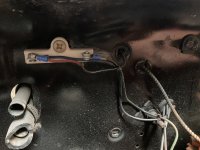Roger63CJ3B
Bigger Hammer
I was driving my '63 3B yesterday when the engine died after about 20 minutes. Luckily I was in a parking lot when it happened. After 30 minutes or so it started up and I made it home. Attempts to start prior to that failed. Sometime it would just turn and not catch. Other times it would run for a couple seconds and die again. It was too late to look at it when I got home so I haven't checked the fuel filter yet, but I'll do that tonight.
I read about vapor lock, fuel tank ventilation, and the coil.
I need a new fuel cap anyway. I think it should be ventilated, correct?
I'm really not sure what the coil has to do with it given the symptoms so I'm leaning towards vapor lock being the problem. Is my fuel line too close to the exhaust or valve cover? I've heard that I could slide a rubber hose over the steel line to provide insulation or switch to a rubber hose all together. If I do that it will likely be just as close and lay right across the valve cover. I have some old fuel pumps I can rebuild. I've heard the glass bowls insulate better. Is that true?
Thanks for your thoughts and opinions.
I read about vapor lock, fuel tank ventilation, and the coil.
I need a new fuel cap anyway. I think it should be ventilated, correct?
I'm really not sure what the coil has to do with it given the symptoms so I'm leaning towards vapor lock being the problem. Is my fuel line too close to the exhaust or valve cover? I've heard that I could slide a rubber hose over the steel line to provide insulation or switch to a rubber hose all together. If I do that it will likely be just as close and lay right across the valve cover. I have some old fuel pumps I can rebuild. I've heard the glass bowls insulate better. Is that true?
Thanks for your thoughts and opinions.
Attachments
-
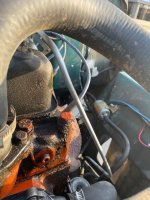 Engine Fuel Line.1.jpg103.5 KB · Views: 20
Engine Fuel Line.1.jpg103.5 KB · Views: 20 -
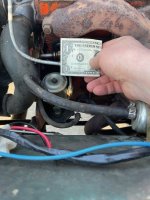 Engine Fuel Line.2.jpg89.5 KB · Views: 20
Engine Fuel Line.2.jpg89.5 KB · Views: 20 -
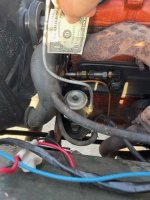 Engine Fuel Line.3.jpg97.7 KB · Views: 19
Engine Fuel Line.3.jpg97.7 KB · Views: 19 -
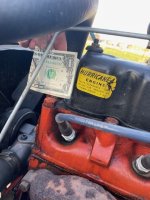 Engine Fuel Line.4.jpg96.3 KB · Views: 17
Engine Fuel Line.4.jpg96.3 KB · Views: 17 -
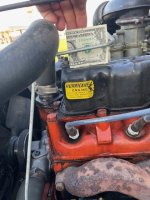 Engine Fuel Line.5.jpg102.6 KB · Views: 17
Engine Fuel Line.5.jpg102.6 KB · Views: 17 -
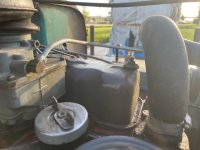 Engine Fuel Line.jpg70.1 KB · Views: 17
Engine Fuel Line.jpg70.1 KB · Views: 17 -
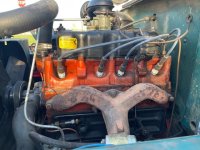 Engine Left Side.1.jpg105.8 KB · Views: 17
Engine Left Side.1.jpg105.8 KB · Views: 17 -
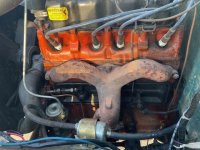 Engine Left Side.jpg108 KB · Views: 16
Engine Left Side.jpg108 KB · Views: 16 -
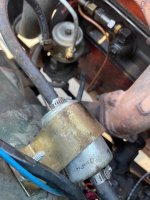 Fuel Filter and Pump.jpg94.9 KB · Views: 17
Fuel Filter and Pump.jpg94.9 KB · Views: 17 -
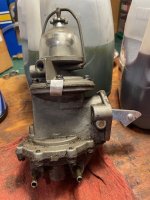 Fuel Pump.1.jpg104.2 KB · Views: 16
Fuel Pump.1.jpg104.2 KB · Views: 16 -
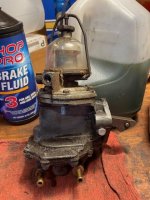 Fuel Pump.2.jpg107.5 KB · Views: 17
Fuel Pump.2.jpg107.5 KB · Views: 17 -
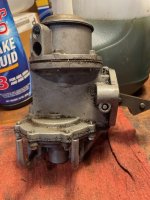 Fuel Pump.3.jpg112.7 KB · Views: 20
Fuel Pump.3.jpg112.7 KB · Views: 20

